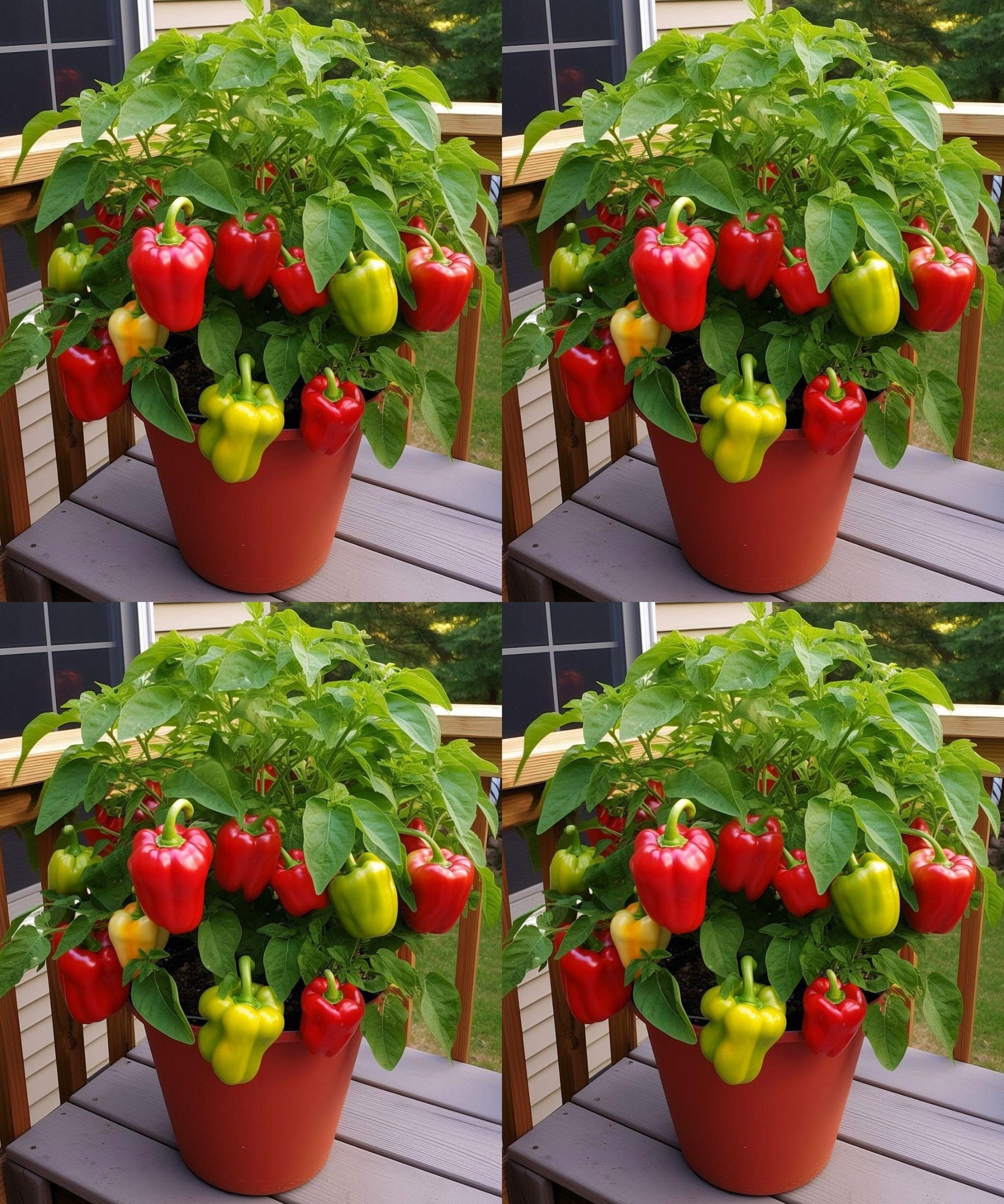Let the top inch of soil dry out before watering; overwatering might cause root rot. Catch extra water and maintain humidity levels using a saucer.
7. Feed pepper plants often; they need this. For best growth, follow package directions and use a balanced, water-soluble fertilizer.
To promote bushy growth and more pepper output, routinely cut and pinch back your pepper plants. Pull any fading or dead leaves.
9. Manually poll indoor peppers; they could not have access to outside pollinators. To move pollen between blooms, gently shake the plants or run a little paintbrush.
10. Support Your Plants: Your pepper plants can start to tilt toward top-heavy. Support the stems and avoid breaking with tomato cages.
11. Look closely at your pepper plants for evidence of aphids, spider mites, or fungal diseases. If necessary, move quickly using organic pest control techniques.
Once your peppers are the right size and color, gently pull them off the plant. Savors the results of your effort in your preferred cuisine.
In essence, growing peppers indoors may be an interesting and fulfilling hobby for novices. These 12 techniques will help you to design a vibrant indoor pepper garden producing year-round fresh and tasty peppers. Try many types of peppers and savor the flavor of your own grown peppers in your cooking. Happy gardening.
ADVERTISEMENT

